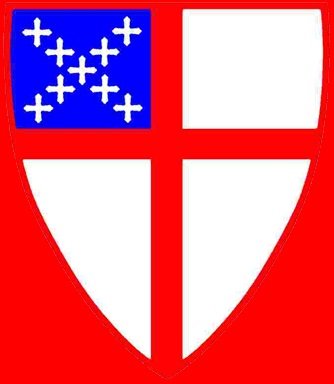
What does the term “Anglo-Catholicism” mean?
The Episcopal Church in the USA belongs to the worldwide Anglican Communion. The Church of England, which had its beginnings in the early sixteenth century, is the “mother church.” Originally being the Roman Catholic Church in England under the canonical jurisdiction of the Bishop of Rome (the Pope), during the reign of King Henry VIII the jurisdiction was transferred from the Pope to the English Sovereign. Henry had at one time been honored by the Pope as “Defender of the Faith” and was in every way a loyal son of the Catholic Church. He maintained the Church as it had been, except in two respects: (1) he commissioned the liturgy to be translated from Latin into English; and (2) he transferred all jurisdiction over the Church of England to himself. The reasons are many and complicated and go beyond what we are able to cover in this brief description.
Over the course of various reigns of the kings and queens of England, and given the religious preference of each, from one reign to the next the Church emphasized either its more Catholic heritage or more contemporary trends of continental reformers such as Luther, Calvin and Zwingli. The extreme contrasts of these back-and-forth preferences led to the Elizabethan Compromise, a kind of middle way, yet one more distinctly reformed rather than Catholic in nature.
In the latter half of nineteenth-century England, a group of Anglican priest-scholars began to question how the original Catholic nature of the Church of England had almost completely vanished. What essential elements had been lost over time? How had the Church of England now come to mirror more a continental Protestant flavor than their Catholic origin in the sixteenth century? These priests likewise were not blind to the pressing societal needs of people during the Industrial Revolution. They intentionally sought to minister to the poor and impoverished in the working-class districts of London.
To answer both needs, the Anglo-Catholic movement was born. Its specific mission was to restore the Catholic, sacramental nature of the Church as well as to heed the social gospel of Jesus Christ. That mid-19th century movement continued to influence liturgical renewal well into the 20th and 21st centuries and turned average Episcopal parishes in a more catholic than reformed liturgical direction. No longer was Morning Prayer considered the central Sunday worship service but rather the Holy Eucharist, celebrated with Eucharistic vestments rather than cassock and surplice.
What is an Anglo-Catholic parish in the Episcopal Church? What can I expect at such a parish?
In every diocese, there are parishes which self-identify as Anglo-Catholic, such as St John the Evangelist, Indio. Some of the liturgical characteristics of such parishes are the following:
· The regular Sunday Eucharist is celebrated as a High Mass. That implies that both incense and holy water are used at every service and that portions of the liturgy are chanted. Both altar and assembly are censed at various points during Mass, Holy Water is sprinkled over the people at the beginning, and the celebrant chants various parts of the liturgy.
· Holy water is also placed in fonts at the doors so that whenever people enter or depart, they may sign themselves with blessed water when making the sign of the cross.
· Male priests are usually referred to as “Father,” and female priests often as “Mother.” If the priest is a minor prelate such as a Canon or Dean, they are addressed as “Canon” or “Dean.” You can tell by their cassock purple or red trim if they are prelates rather than simple priests who wear black cassocks.
There are additional features which characterize other Anglo-Catholic parishes. But at St. John the Evangelist you will experience at least those mentioned above.
Aside from the distinctive liturgical aspects of Anglo-Catholic practice, such parishes are serious about their Christian obligation to live out the social gospel. The founding fathers of the Oxford Movement[1] saw as imperative not only to recover catholic worship but just as importantly to rescue the working poor from their grinding poverty. Such needs have far from vanished today. St John the Evangelist is not just a “high church” parish but one which is also highly motivated to help those in need—those who have less.
[1] The movement in England which brought about the Anglo-Catholic revival, most closely associated with the names of Pusey, Keble and Newman.

